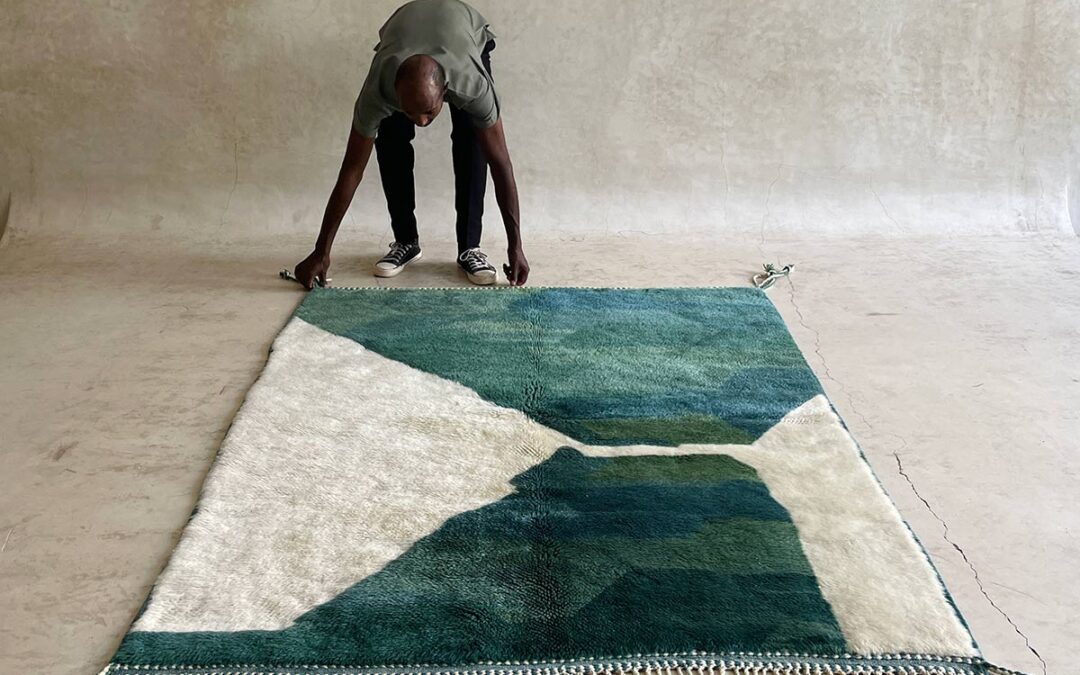The history of the Moroccan rug
To understand the origin of the Moroccan rug, it is essential to evoke the Berber rug.
A little history to put things in context
The birth of the first Berber art rug dates back to the Palaeolithic era, that is to say more than 12,000 years ago
At that time the Berbers (Amazigh in Berber) are nomads, descended from the Capsians, who occupy the territory of North Africa (the current Maghreb), including present-day Morocco.
It is from 750 that the Maghreb splits into several independent states, including Morocco. Date from which the confusion between Berber carpet and Moroccan carpet is set up.
From a historical point of view, it can therefore be said that all carpets prior to 750 are exclusively Berber. Today we can consider that the majority of Moroccan carpets are also Berber by tradition and Berber customs.
The nomadic Berber tribes move according to the seasons between the mountain (the Atlas) and the proximity of the rivers. It is the Berber tribes of the mountains that make the most beautiful carpets. A tradition that allows them to protect themselves from the cold of the Atlas and that also constitutes a heritage.
There are regional differences.
- The patterns change, representing the history of tribes and the creativity of women weavers.
- Wool height and point density can also vary depending on the climate.
- The colors also differ, associated with the presence of certain natural pigments found in nature.
Passionate about carpets and Berber traditions, Studio Lid is the leader on the Moroccan Berber carpet.
A manufacture offering contemporary and vintage carpets of exceptional quality.
Exceptional wools, natural shades, a density of unusual points and patterns in the respect of Berber traditions

